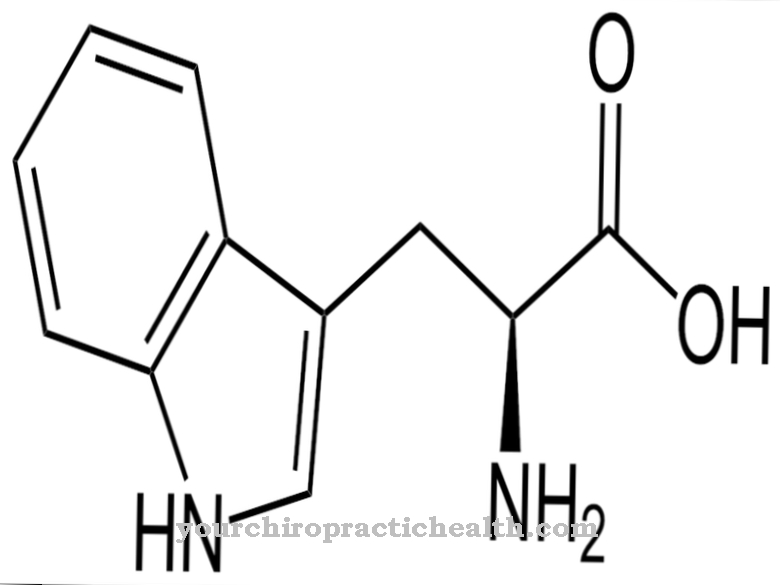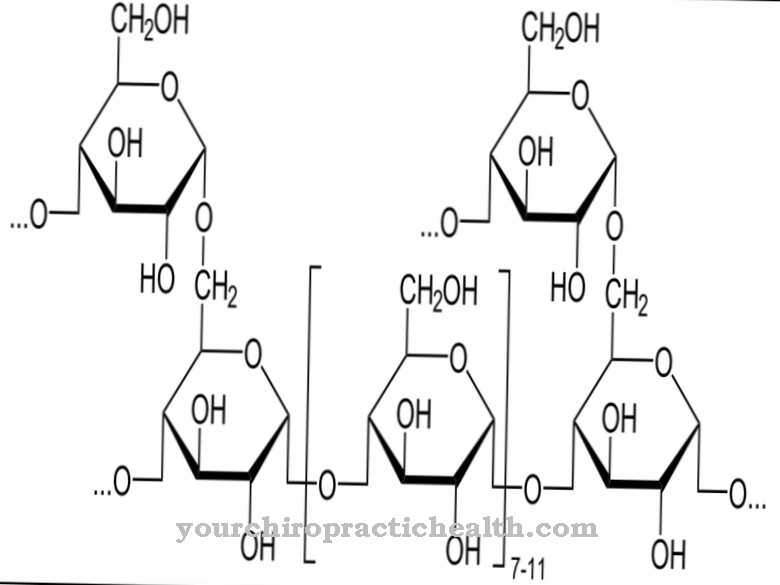Butyrophenone is a pharmacological agent that is the basic substance for a whole group of drugs called butyrophenones. The butyrophenones are used, among other things, as antipsychotics for the treatment of schizophrenia and mania. They act as antagonists of the neurotransmitter dopamine.
What is butyrophenone?

Butyrophenone is the lead substance for a whole range of active ingredients called butyrophenones. All butyrophenones are characterized by the same basic chemical structure. The exact name for butyrophenone is 1-phenylbutan-1-one according to chemical nomenclature.
Butyrophenones are mainly used as neuroleptics (antipsychotics). Among these neuroleptics there are both high-potency and medium-potency and low-potency active ingredients. Just belonging to the group of butyrophenones says nothing about the strength of the effectiveness of the compounds. The powerful butyrophenones include haloperidol, benperidol, trifluperidol and bromperidol. Other active ingredients such as Droperidol, Melperon or Pipamperon have a medium or weak effectiveness.
Some butyrophenones have an antiemetic effect in addition to the antipsychotic effect. As anti-emetics, these drugs can suppress nausea and nausea, among other things.
Butyrophenones have been used since the mid-1950s, initially for research purposes, and since the early 1960s also for clinical use in psychiatry.
Pharmacological effect
The way the butyrophenones work is based on their strong affinity for the dopamine receptors. When they are used, they compete with dopamine for the corresponding receptors. The result is an inhibition of the dopamine effect. Dopamine is a versatile neurotransmitter that is particularly known for its stimulating effect. That is why it is popularly known as the happiness hormone. Its main function is to increase motivation and drive.
However, if too much dopamine is released, psychotic symptoms occur which can be assigned to the disease complex of schizophrenia. Four different pathways of action of dopamine are known in the organism. These include the mesolimbic system, the mesostriatal system, the mesocortical system and the tuberoinfundibular system.
The mesolimbic system is also known as the positive reward system, as it is significantly involved in the development of positive emotions such as joy. With overactivity in this area, however, the positive symptoms of schizophrenia are generated, which are associated with excessive and misinterpreted perceptions. The mesostriatal system, meanwhile, plays an important role in controlling movement and, in the case of hypofunction, causes the symptoms of Parkinson's disease due to insufficient dopamine activity. The mesocortical system controls the so-called executive functions, which are expressed in the higher mental and cognitive processes. After all, the tuberoinfundibular system is responsible for releasing prolactin.
As part of the blocking of the dopamine effect by the butyrophenones, all these processes are influenced at the same time. In this way, overactivity of dopamine can be alleviated, but at the same time the reduced dopamine effect in certain areas of the system leads to undesirable side effects.
Medical application & use
All active ingredients of the butyrophenone class are antagonists of the neurotransmitter dopamine and are used in cases of dopamine overactivity. Since overactivity of dopamine in the mesolimbic system leads to the positive symptoms of schizophrenia, butyrophenones are used in these cases as psychotropic drugs to alleviate the symptoms.
At the same time, some butyrophenones also have a good effect against nausea and vomiting. However, the effect of the individual active ingredients is different. This depends, among other things, on their affinity for the dopamine receptors. Haloperidol and benperidol are among the highly effective antipsychotics. Haloperidol initially has a calming effect after treatment. The actual antipsychotic effect only occurs after a few days. The drug is therefore often used in the acute phases of schizophrenia and mania.
Benperidol, on the other hand, is now only considered a reserve drug, since in addition to the desired antipsychotic effects, side effects in the form of Parkinson's-like symptoms also occur increasingly. Droperidol has a great influence on the vomiting center of the brain and is mainly used for nausea and vomiting that are felt after operations.However, it also has many side effects and must not be used in a number of diseases, such as Parkinson's, depression, low heart rate or comatose conditions.
Melperon is used as a medium or low-potency neuroleptic in older patients to treat confusion, states of tension or sleep disorders. Pipamperon is mainly calming with no great antipsychotic effects. It is mainly used for sleep disorders, internal excitement or increased aggressiveness. It is therefore often used in child and adolescent psychiatry.
You can find your medication here
➔ Medicines to calm down and strengthen nervesRisks & side effects
Butyrophenones can also produce significant side effects, depending on their effectiveness. While low-potency butyrophenones usually only have slight side effects, high-potency butyrophenones often show unpleasant side effects. These are expressed in involuntary movements. The patient is restless and can no longer bring his repetitive movements under control. The side effects go in the direction of Parkinson's-like movement disorders.
Depression, seizures, hormonal disorders, blood formation disorders and headaches are also sometimes observed. A particularly dramatic complication is the so-called neuroleptic malignant syndrome, which in extreme cases can be fatal. In this syndrome there are massive motor, vegetative and psychological symptoms. Although this side effect is very rare, the syndrome can be caused by the use of any butyrophenone if there is a certain risk potential. The most important measure in this case is the immediate discontinuation of the corresponding medication.

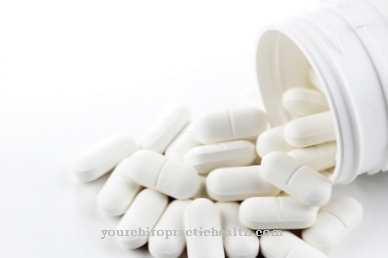

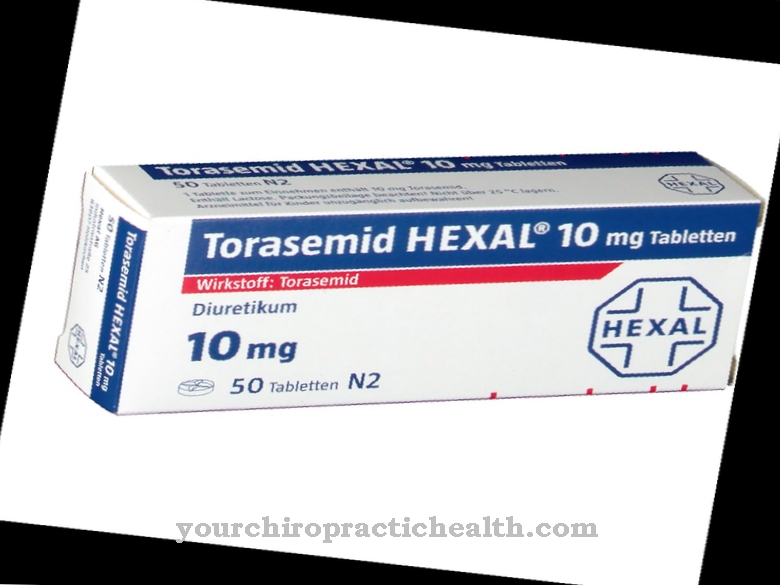
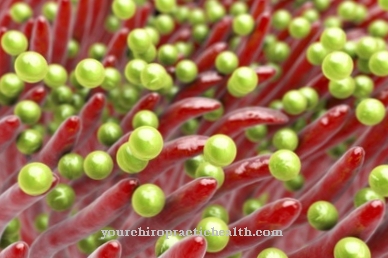
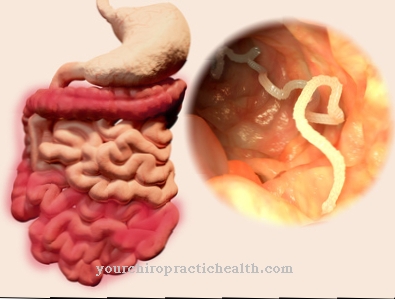
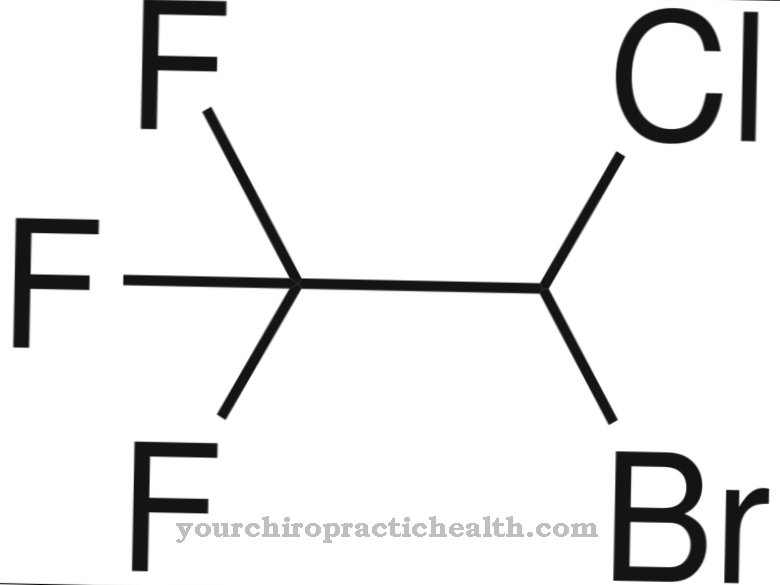





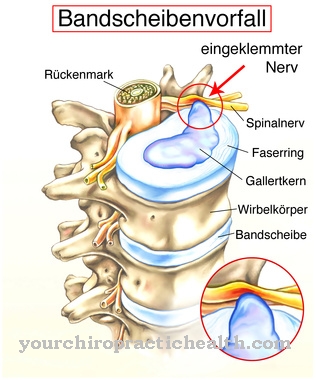







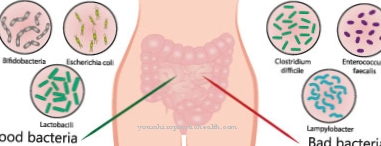
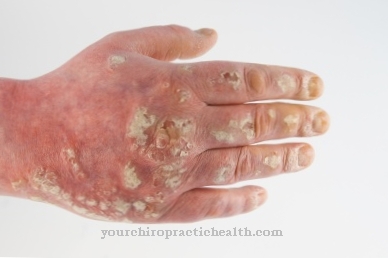
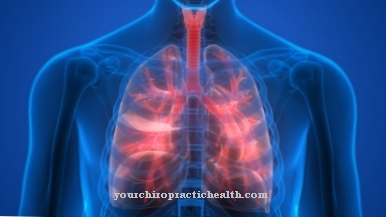
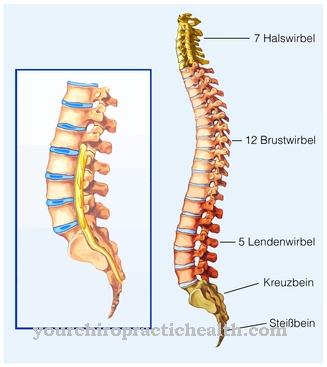
.jpg)
.jpg)

